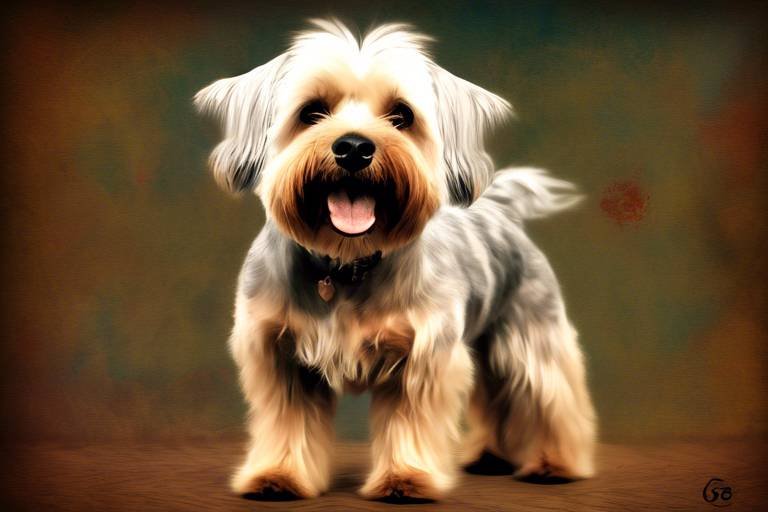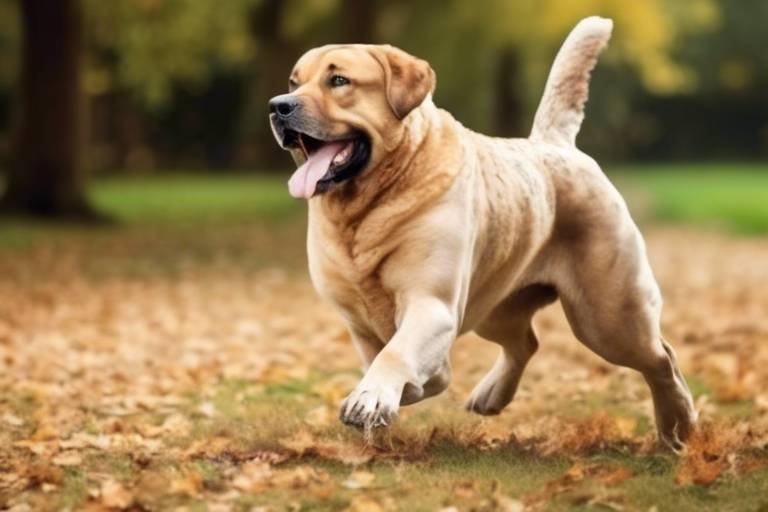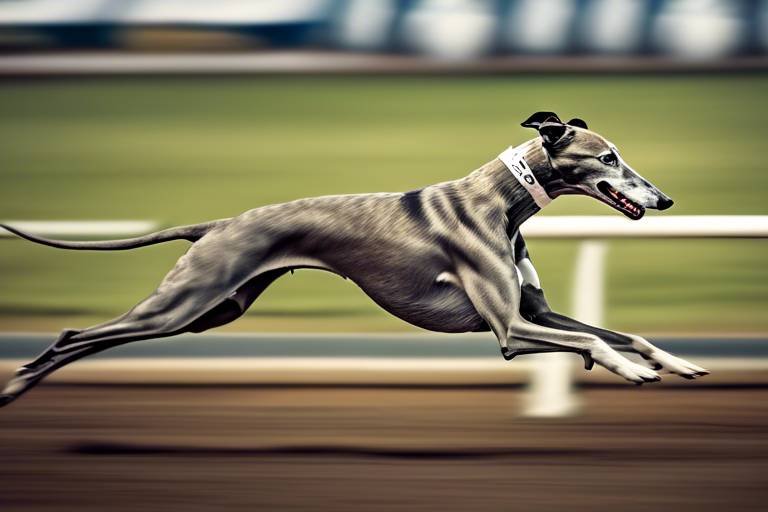The Personality Traits of the Australian Cattle Dog
The Australian Cattle Dog, often affectionately referred to as the "Heeler," is a breed that embodies a unique combination of traits that make them stand out in the canine world. Known for their intelligence, loyalty, and energetic nature, these dogs are not just pets; they are companions who thrive on interaction and activity. If you’re considering bringing one of these vibrant dogs into your life, it’s essential to understand their personality traits, as they can significantly influence how they fit into your home and lifestyle.
First and foremost, Australian Cattle Dogs are incredibly intelligent. This breed is known for its quick learning abilities and problem-solving skills, which can be both a blessing and a challenge for owners. They excel in obedience training and are often seen in competitive dog sports due to their sharp minds. However, this intelligence also means they require mental stimulation to prevent boredom, which can lead to undesirable behaviors. Engaging them with puzzles, interactive toys, and training sessions can harness their potential and keep their minds sharp.
These dogs are also bursting with energy. Originally bred to herd cattle across vast Australian landscapes, their stamina is remarkable. A daily routine that includes vigorous exercise is crucial for their well-being. Whether it’s a long hike, a game of fetch, or agility training, keeping them physically active not only benefits their health but also strengthens the bond between you and your dog. A tired Australian Cattle Dog is a happy one, and they thrive on activities that challenge both their bodies and minds.
Moreover, loyalty is a defining characteristic of the Australian Cattle Dog. They are known to form deep connections with their families, often becoming protective and devoted companions. This loyalty extends to their interactions with children and other pets, making them excellent family dogs when properly socialized. Their protective instincts can be beneficial, but it’s important to ensure they understand appropriate boundaries to avoid excessive guarding behaviors.
Socialization is another critical aspect of their personality. Exposing your Australian Cattle Dog to various environments, people, and other animals from a young age is essential for developing a well-rounded temperament. Without proper socialization, they may become overly cautious or reactive in unfamiliar situations. Regular outings to parks, doggy playdates, and training classes can help them become more confident and adaptable.
In terms of adaptability, Australian Cattle Dogs can thrive in different living environments, whether it be a spacious rural home or a cozy urban apartment. However, their adaptability largely depends on the amount of exercise and mental stimulation they receive. A well-exercised Cattle Dog can comfortably adjust to various lifestyles, making them versatile companions for active individuals and families alike.
Playfulness is also a significant trait of this breed. Australian Cattle Dogs have a natural instinct to play and engage, often displaying a youthful exuberance well into adulthood. Regular playtime not only keeps them physically fit but also provides essential mental stimulation. Interactive games that involve problem-solving or agility can be particularly beneficial, helping to channel their energy in a positive direction.
When it comes to interactions with children, these dogs can be wonderful companions. Their playful nature and loyalty often make them great playmates. However, it’s important to supervise interactions, especially with younger kids, to ensure that both parties are safe and comfortable. Teaching children how to interact with dogs respectfully can foster a positive relationship and prevent misunderstandings.
Despite their many positive traits, Australian Cattle Dogs are not without their challenges. Some common behavioral issues include herding instincts directed toward children or other pets, excessive barking, and separation anxiety. Understanding these potential issues and implementing consistent training and socialization can help mitigate them. With patience and dedication, owners can guide their dogs towards becoming well-adjusted companions.
- Are Australian Cattle Dogs good with children? Yes, they can be great companions for children when properly socialized and supervised.
- How much exercise do they need? They require at least an hour of vigorous exercise every day to stay healthy and happy.
- Can they live in an apartment? Yes, but they need plenty of exercise and mental stimulation to adapt well.
- Do they bark a lot? They can be vocal, especially if they feel the need to protect their family or territory.
- How can I train my Australian Cattle Dog? Positive reinforcement methods work best, along with regular mental and physical challenges.
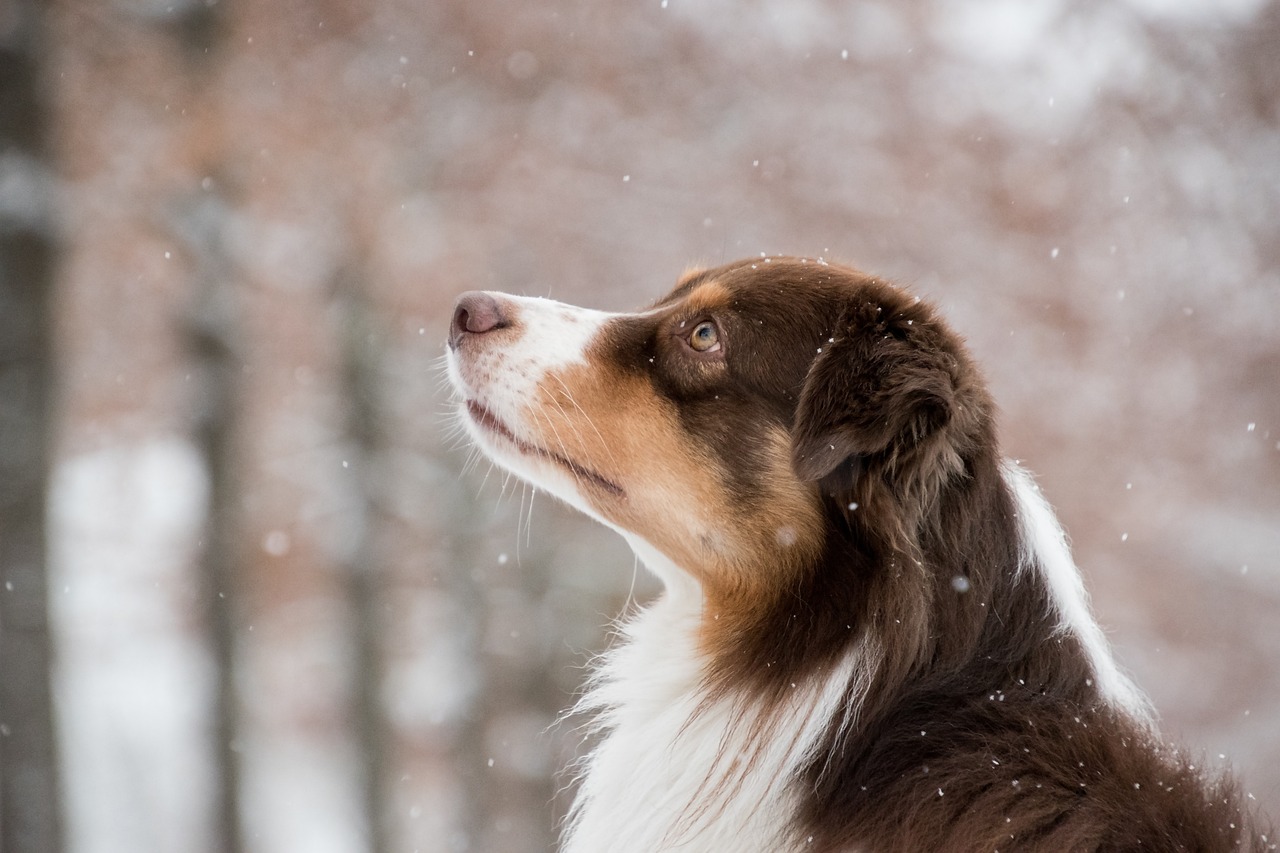
Intelligence and Trainability
The Australian Cattle Dog is often celebrated for its remarkable intelligence, which is one of the key traits that sets this breed apart from many others. Imagine having a dog that can not only learn commands quickly but also anticipate your needs and respond accordingly! This breed thrives on mental challenges and is always eager to engage in activities that stimulate their minds. Their intelligence makes them incredibly trainable, and they often excel in obedience training, agility courses, and various dog sports.
When it comes to training methods, positive reinforcement is the way to go. These dogs respond best to reward-based training, which encourages them to associate good behavior with treats, praise, or playtime. It's like giving them a little high-five every time they get it right! Consistency is crucial, as Australian Cattle Dogs can become bored with repetitive tasks. Therefore, mixing up training sessions with new commands or tricks can keep them engaged and excited.
But don’t be fooled by their eagerness to learn; these dogs are also known for their independent streak. They might challenge you now and then, testing the boundaries of their training. This is where patience and persistence come into play. Setting clear expectations and being firm yet gentle can help guide them towards the desired behavior. Remember, training should be a fun and rewarding experience for both you and your Cattle Dog!
Moreover, the intelligence of the Australian Cattle Dog isn't just limited to learning commands. They are natural problem solvers. For instance, if they encounter an obstacle while playing fetch, they will often figure out a way around it rather than simply giving up. This trait makes them excellent working dogs, particularly in herding and farm environments, where they need to make quick decisions and adapt to changing situations.
In conclusion, the intelligence and trainability of the Australian Cattle Dog are truly impressive. With the right approach to training, these dogs can learn a variety of commands and tricks, making them not only obedient companions but also delightful family members. Just remember, the key to unlocking their full potential lies in patience, consistency, and a touch of creativity in your training sessions!
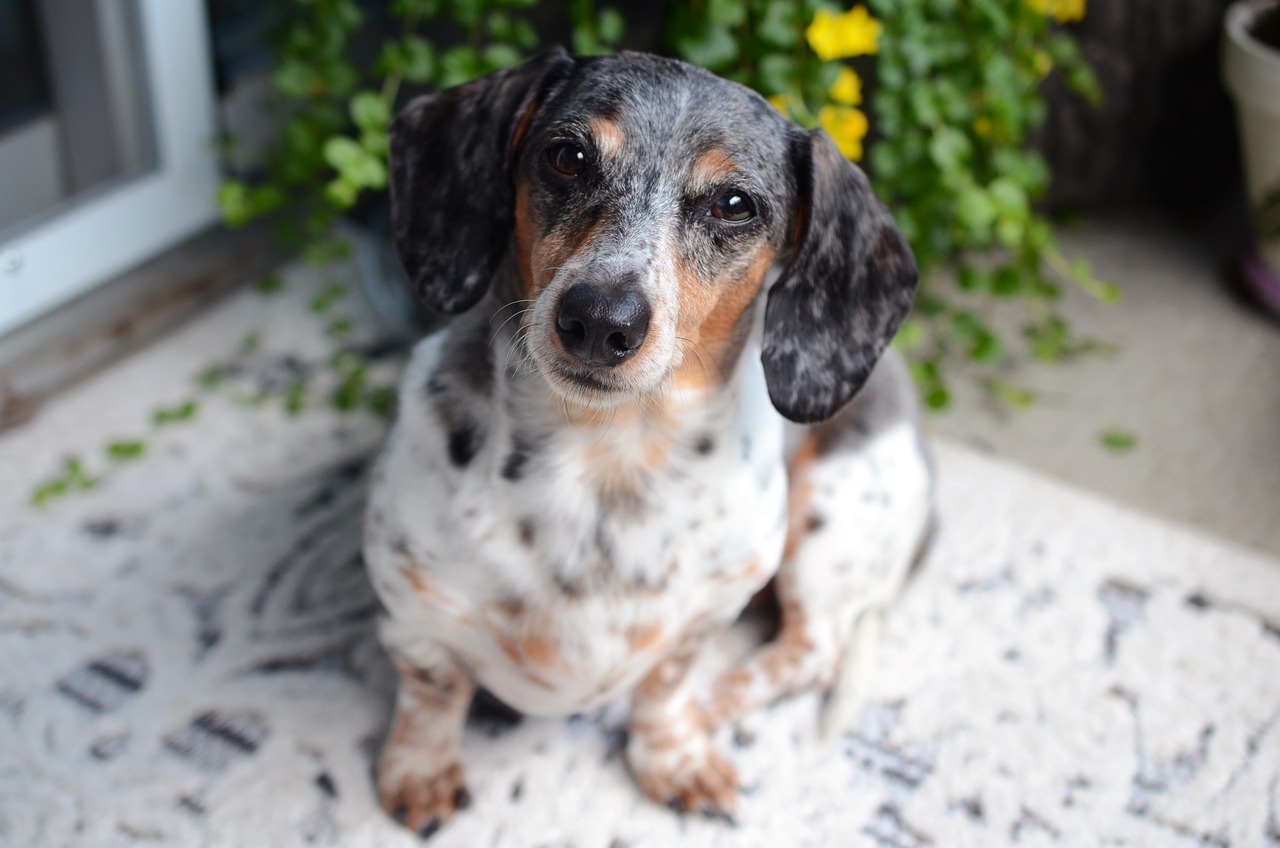
Energy Levels and Exercise Needs
The Australian Cattle Dog is not just a pretty face; they are bundles of energy wrapped in a sleek, athletic package. These dogs were bred to herd cattle across vast Australian landscapes, which means they come equipped with an abundance of stamina and a zest for life. If you’re considering adding one of these energetic pups to your family, be prepared to match their high energy levels with regular, vigorous exercise. Think of it this way: if a Cattle Dog were a car, they’d be a high-performance sports model, needing the right fuel and plenty of open road to thrive.
To keep an Australian Cattle Dog happy and healthy, it’s essential to engage them in a variety of physical activities. A simple walk around the block won’t cut it; these dogs need a good dose of both physical and mental stimulation. Activities like running, hiking, or playing fetch can help burn off that excess energy. Additionally, incorporating agility training or obedience exercises can not only provide the necessary workout but also strengthen the bond between you and your furry friend. After all, a tired dog is a happy dog!
Here’s a quick overview of some ideal exercise routines for Australian Cattle Dogs:
- Daily Walks: Aim for at least 60 minutes of walking each day, broken into two or more sessions.
- Fetch and Frisbee: These games are perfect for high-energy playtime and can be done in your backyard or at a local park.
- Agility Training: Setting up an agility course can be a fun and challenging way to exercise both their body and mind.
- Swimming: If your dog enjoys water, swimming is an excellent low-impact exercise that can help them cool off on hot days.
Moreover, it’s crucial to remember that Australian Cattle Dogs thrive on routine. Establishing a consistent exercise schedule can help them feel secure and engaged. Without adequate exercise, these intelligent dogs can become bored, leading to destructive behaviors like chewing, digging, or barking excessively. It’s almost like giving them a job; they need to feel like they’re contributing to the household in some way.
In conclusion, ensuring that your Australian Cattle Dog gets enough exercise is not just about keeping them fit; it’s about providing them with a fulfilling life. So grab that leash, head outside, and prepare for some fun-filled adventures. Your Cattle Dog will thank you with wagging tails and happy barks!
- How much exercise does an Australian Cattle Dog need? They typically require at least 60 minutes of vigorous exercise each day.
- Can they live in an apartment? Yes, but they will need plenty of daily exercise and mental stimulation to keep them happy.
- What activities do they enjoy the most? They love running, playing fetch, and participating in agility training.
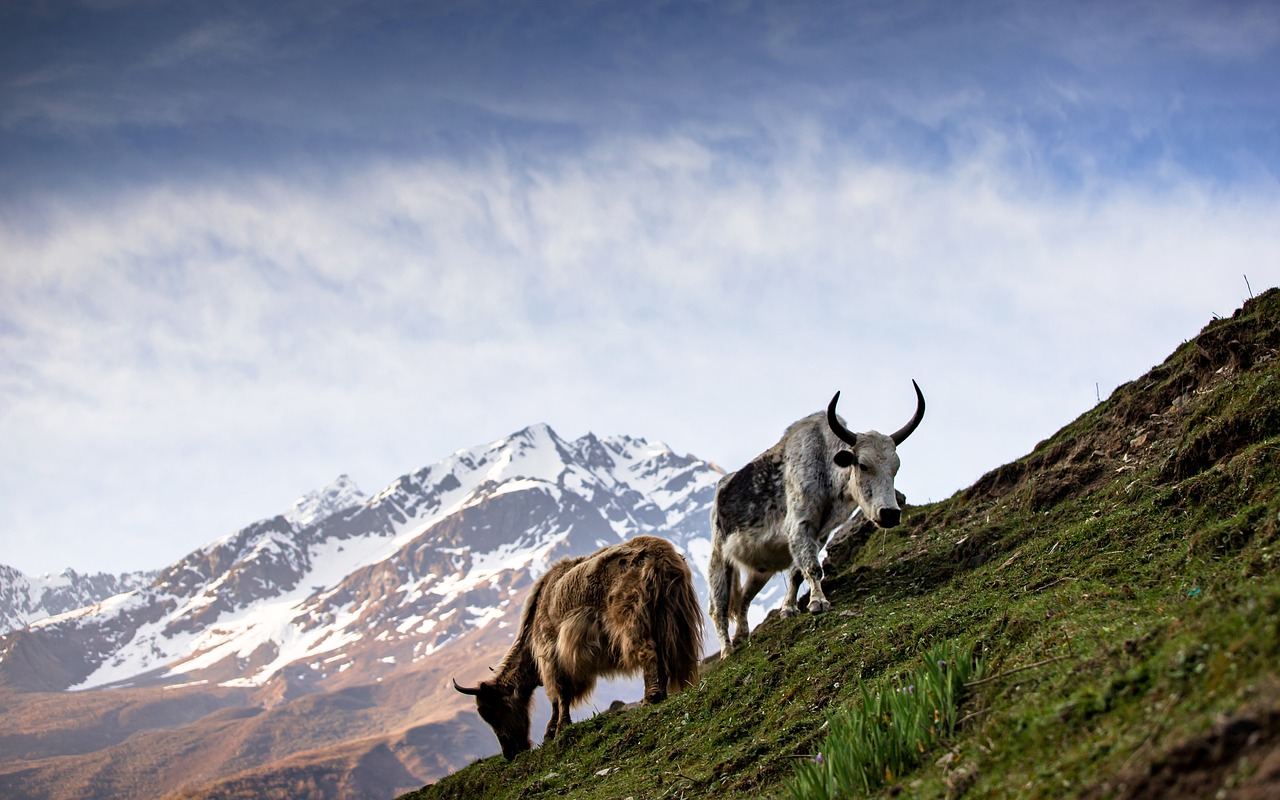
Loyalty and Bonding
When it comes to loyalty, Australian Cattle Dogs are in a league of their own. These dogs are not just pets; they are devoted companions who will stand by your side through thick and thin. Their loyalty is often compared to that of a close friend who never leaves your side, always ready to support you. This unwavering commitment is deeply rooted in their history as herding dogs, where they developed a strong bond with their human handlers. It’s as if they have an innate understanding that their role is to protect and serve their family.
One of the most fascinating aspects of their loyalty is how it translates into their behavior. Australian Cattle Dogs are known for their protective instincts. They will not hesitate to alert you to any perceived threat, whether it’s a stranger at the door or a squirrel in the yard. This protective nature stems from their desire to keep their loved ones safe, showcasing just how deeply they bond with their families.
But loyalty doesn’t just mean being a guard dog. It also involves a profound emotional connection. These dogs thrive on affection and attention from their owners. They are incredibly perceptive and can sense your moods, often responding with comfort when you’re feeling down. Imagine coming home after a long day; your Cattle Dog greets you with boundless energy and enthusiasm, as if to say, “I’m here for you!” This kind of emotional support is invaluable and highlights the depth of their loyalty.
Building a strong bond with your Australian Cattle Dog requires time and effort. Here are some key ways to foster this connection:
- Quality Time: Spend time engaging in activities you both enjoy, whether it’s hiking, playing fetch, or simply cuddling on the couch.
- Training: Consistent training sessions not only improve their behavior but also strengthen your bond as you work together towards common goals.
- Positive Reinforcement: Rewarding good behavior with treats and praise fosters trust and loyalty.
In addition to these activities, it’s important to understand that loyalty in Australian Cattle Dogs is a two-way street. They need to feel secure and loved in their environment. Providing a stable and affectionate home will encourage them to be the loyal companions they are known to be. The stronger the bond, the more they will seek your companionship, often following you around the house or wanting to be involved in your daily activities.
Ultimately, the loyalty and bonding capacity of Australian Cattle Dogs make them exceptional family pets. They are not just dogs; they are family members who offer unwavering support and love. Whether you’re looking for a workout buddy, a protector, or a snuggle partner, these dogs have got your back. Their loyalty is like a warm blanket on a cold day—comforting, reliable, and always there when you need it.
- How can I strengthen my bond with my Australian Cattle Dog? Spend quality time together, engage in training, and offer plenty of affection.
- Are Australian Cattle Dogs good with children? Yes, they can be great companions for children when properly socialized and supervised.
- What should I do if my dog shows protective behavior? Ensure they are properly socialized and introduce them gradually to new people and environments.
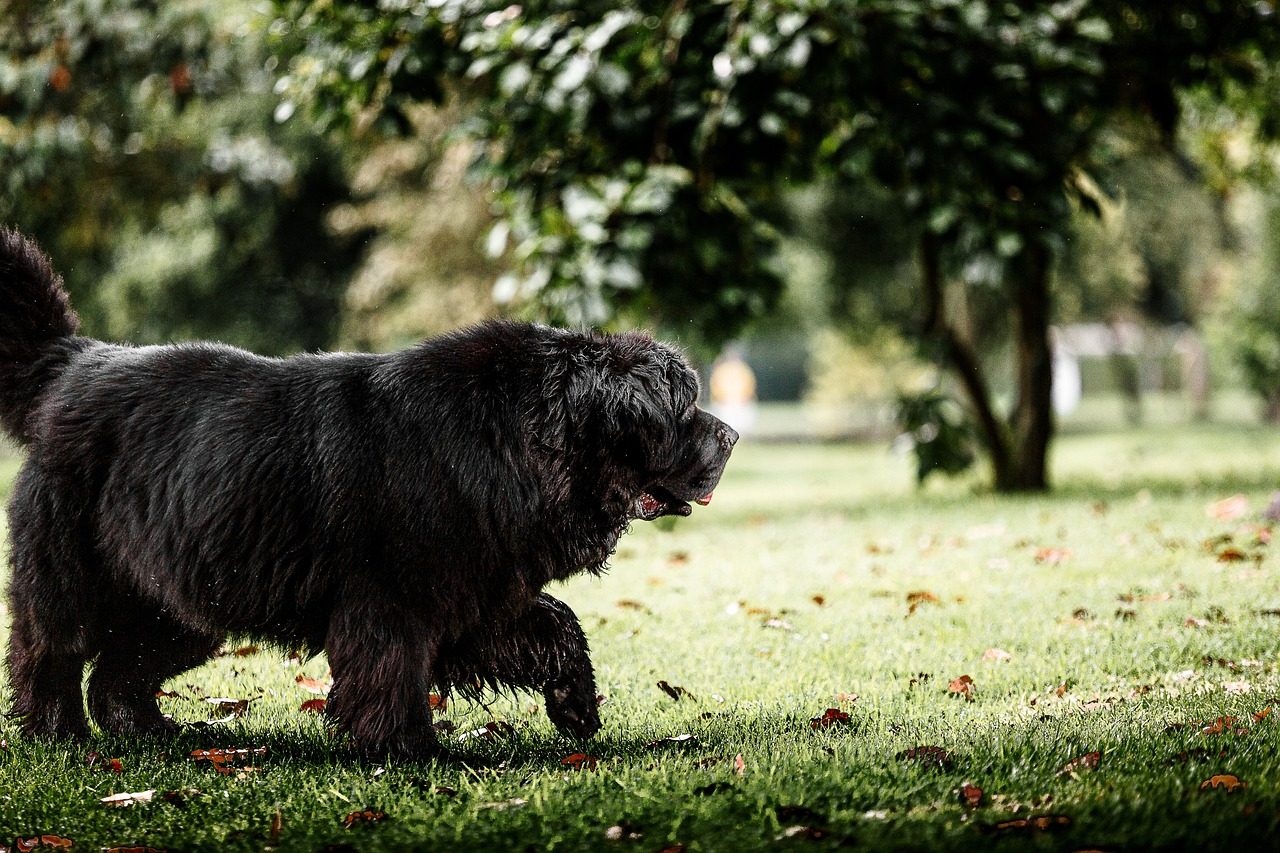
Protective Instincts
The Australian Cattle Dog is not just a loyal companion; they are also known for their strong protective instincts. This breed was originally developed to herd cattle in challenging environments, which required them to be alert and vigilant. Their natural instincts make them excellent watchdogs, always on the lookout for anything unusual. Imagine having a furry guardian who seems to have an innate sense of when something is amiss—that's the Australian Cattle Dog for you!
These dogs tend to form a deep bond with their families, and this loyalty translates into a protective demeanor. When they perceive a threat, whether it be a stranger approaching your home or an unfamiliar animal encroaching on their territory, they will not hesitate to take action. Their protective behavior can manifest in various ways, including barking, growling, or even standing between their owner and the perceived threat. It's important to note that while this instinct is beneficial, it can also lead to overprotectiveness if not managed properly.
To ensure that your Australian Cattle Dog's protective instincts are channeled appropriately, early socialization is crucial. Exposing them to different people, environments, and animals can help them distinguish between real threats and harmless situations. This way, they learn to be discerning rather than overly aggressive. Training sessions that incorporate positive reinforcement can also help reinforce good behavior. For example, rewarding them for calm behavior around strangers can help reduce unnecessary barking or aggressive posturing.
Moreover, understanding the breed's behavior can prevent misunderstandings. Australian Cattle Dogs are often wary of strangers, which is a trait rooted in their herding background. They may perceive new people as potential threats, leading to defensive behavior. However, with consistent training and positive experiences, they can learn to accept newcomers without feeling the need to protect their family aggressively. This balance of protective instincts and socialization is key to raising a well-adjusted Australian Cattle Dog.
In summary, the protective instincts of the Australian Cattle Dog are a double-edged sword. They serve as excellent guardians for your home and family, but they require responsible ownership to ensure these instincts are expressed in a healthy way. With the right training and socialization, these dogs can be both protective and friendly, making them versatile companions in any household.
- Are Australian Cattle Dogs good with children?
Yes, with proper socialization, they can be great companions for children. - How can I manage my Cattle Dog's protective instincts?
Early socialization and consistent training can help balance their protective nature. - Do they require a lot of exercise?
Absolutely! They are high-energy dogs and need regular physical activity to stay healthy and happy. - Are they easy to train?
Yes, their intelligence makes them highly trainable, especially with positive reinforcement techniques.
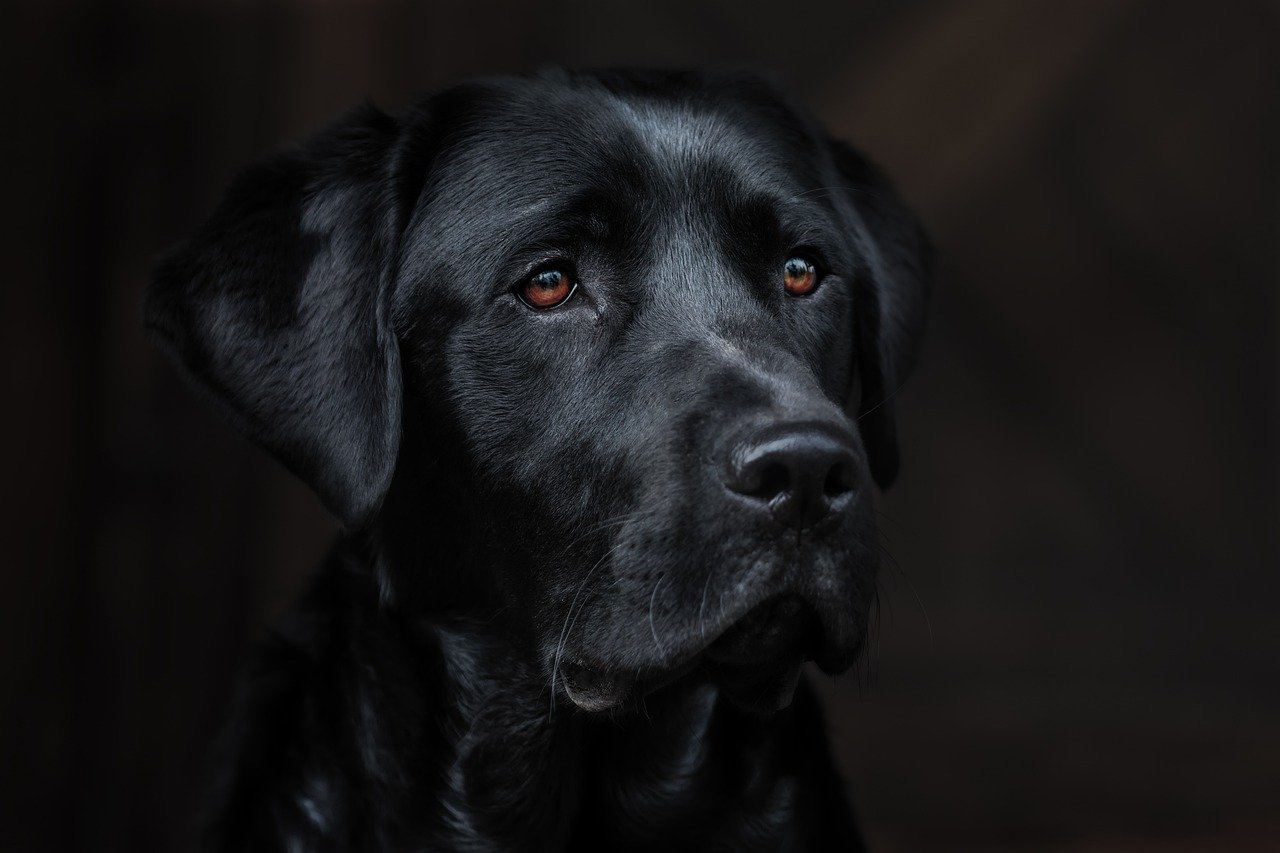
Socialization Needs
Socialization is a critical aspect of raising a well-rounded Australian Cattle Dog. These intelligent and energetic pups thrive on interaction, and without proper exposure to various environments, people, and other animals, they can develop behavioral issues. Think of socialization as the foundation of your dog's personality—just like how children learn to navigate the world through experiences, dogs also need these opportunities to grow into confident and well-adjusted adults.
When it comes to socializing your Australian Cattle Dog, it's essential to start early. Puppies are like sponges; they absorb everything around them, and the experiences they have during their formative weeks can significantly shape their future behavior. Aim to introduce your puppy to different sights, sounds, and smells, as well as various people and other pets. This exposure not only helps them become comfortable in new situations but also reduces the likelihood of fear-based reactions later in life.
Consider enrolling your Cattle Dog in puppy classes or group training sessions. These environments provide a safe space for your dog to meet other dogs and people, all while learning basic commands. Plus, it’s a fantastic bonding experience for both of you! During these classes, you can also learn effective techniques to manage any signs of anxiety or aggression that may surface. Remember, a well-socialized dog is likely to be a happy and well-behaved companion.
As your dog matures, continue to expose them to various situations. Take them on outings to parks, pet-friendly stores, or even community events. Each new experience helps reinforce their adaptability and confidence. However, always monitor their reactions; if they seem overwhelmed, it’s okay to take a step back and gradually reintroduce them to the experience later. Just like us, dogs have their comfort zones, and respecting that is key to successful socialization.
Here are a few tips to enhance your Australian Cattle Dog's socialization journey:
- Start Early: Begin socializing your puppy as soon as you bring them home.
- Use Positive Reinforcement: Reward your dog with treats and praise for calm behavior during new experiences.
- Be Patient: Some dogs may take longer to adjust to new situations than others.
- Expose Gradually: Introduce new experiences slowly to avoid overwhelming your dog.
In conclusion, socialization is more than just a phase; it’s a lifelong commitment that can greatly enhance your Australian Cattle Dog's quality of life. By providing them with diverse experiences, you ensure they grow into a well-adjusted companion who can handle whatever life throws their way. The effort you put into socializing your dog will pay off in countless ways, from improved behavior to a more profound bond between you and your furry friend.
Q: What age should I start socializing my Australian Cattle Dog?
A: It's best to start socializing your puppy as early as 7 to 8 weeks old. Early experiences are crucial for their development.
Q: How long should socialization sessions last?
A: Sessions should be short and positive, ideally lasting around 15 to 20 minutes, especially for younger puppies. You can gradually increase the duration as they become more comfortable.
Q: What if my dog shows fear or aggression during socialization?
A: If your dog reacts fearfully or aggressively, it’s important to remove them from the situation and try again later. Consider consulting a professional trainer for guidance.
Q: Can adult dogs be socialized?
A: Absolutely! While it may take more time and patience, adult dogs can still learn to socialize and adapt to new experiences with positive reinforcement.
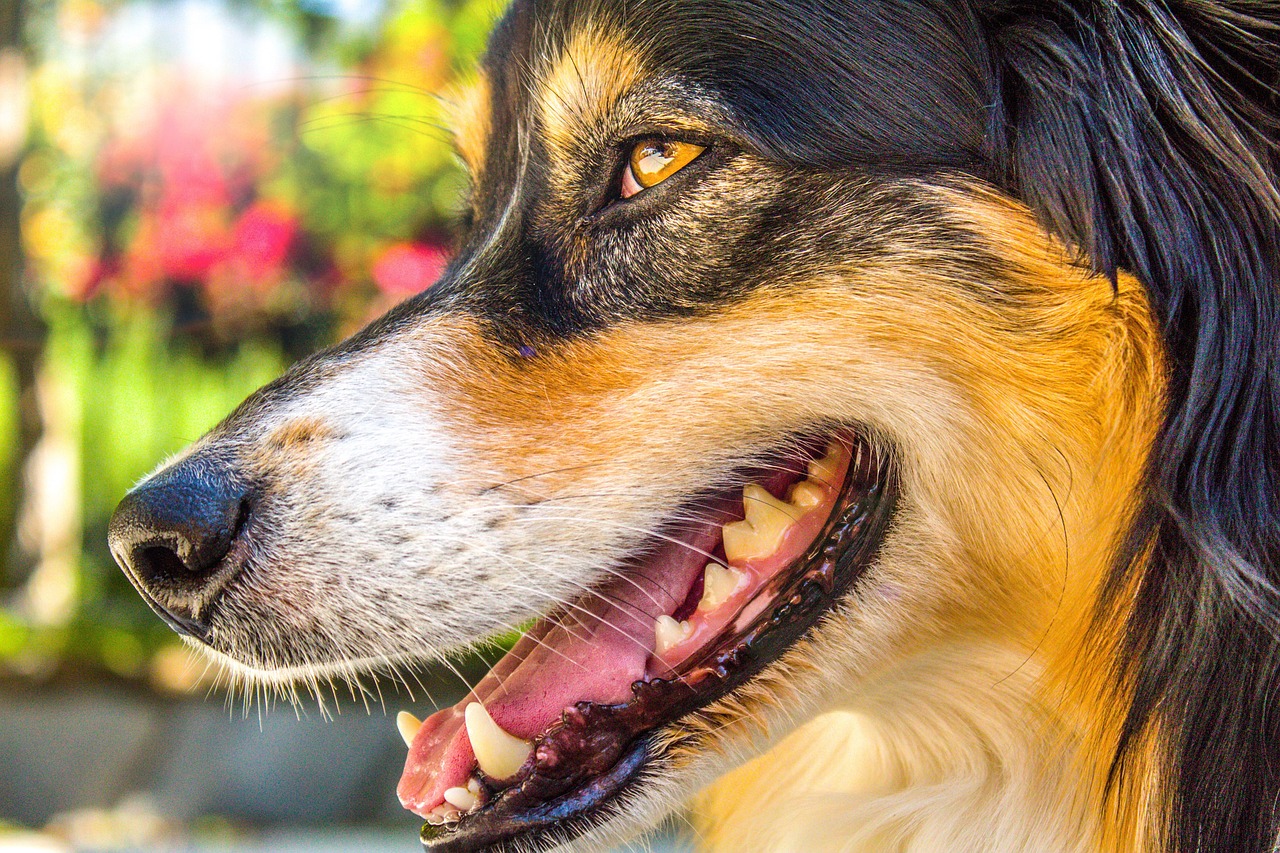
Adaptability to Environments
The Australian Cattle Dog is a remarkable breed known for its incredible adaptability to various environments. Whether you live in the bustling heart of a city or on a sprawling farm, these dogs can thrive in diverse settings. Their ability to adjust is largely attributed to their intelligence and energetic nature, which allows them to respond well to changes in their surroundings. For instance, in urban areas, they can learn to navigate crowded streets and public spaces, while in rural settings, they can embrace their herding instincts and enjoy wide-open spaces.
One of the key factors influencing their adaptability is their exercise needs. Regardless of where they live, Australian Cattle Dogs require regular physical activity to stay healthy and happy. In a city, this might mean daily walks in the park or engaging in dog sports like agility training. On the other hand, in a rural environment, they can benefit from running free on large properties, participating in herding activities, or simply exploring the great outdoors. Their high energy levels mean they need plenty of stimulation, so ensuring they have access to play and exercise is crucial.
Moreover, their socialization skills play a significant role in their adaptability. Exposure to different people, animals, and environments helps them become well-rounded dogs. For example, a Cattle Dog that is used to interacting with various breeds and people will likely be more comfortable in new situations, whether it’s a busy dog park or a family gathering. This adaptability not only enhances their behavior but also enriches their experiences, allowing them to thrive wherever they are.
However, it's important to note that adaptability can vary between individual dogs. Factors such as age, training, and previous experiences can influence how well a Cattle Dog adjusts to a new environment. For instance, a younger dog may be more open to new experiences compared to an older dog that has spent years in a specific setting. Therefore, it’s essential for owners to be mindful of their dog’s unique personality and needs when introducing them to new environments.
In conclusion, the adaptability of the Australian Cattle Dog is a testament to their versatile nature. With the right training, socialization, and physical activity, these dogs can flourish in a variety of living situations. Whether you’re a city dweller or a country resident, an Australian Cattle Dog can be a wonderful companion that fits seamlessly into your lifestyle.
- Can Australian Cattle Dogs live in apartments?
Yes, they can live in apartments as long as they receive sufficient exercise and mental stimulation. - How much exercise do they need?
Australian Cattle Dogs require at least 1-2 hours of vigorous exercise daily. - Are they good with other pets?
With proper socialization, they can get along well with other pets, but their herding instincts may come into play. - What training methods work best?
Positive reinforcement techniques are highly effective for training Australian Cattle Dogs.
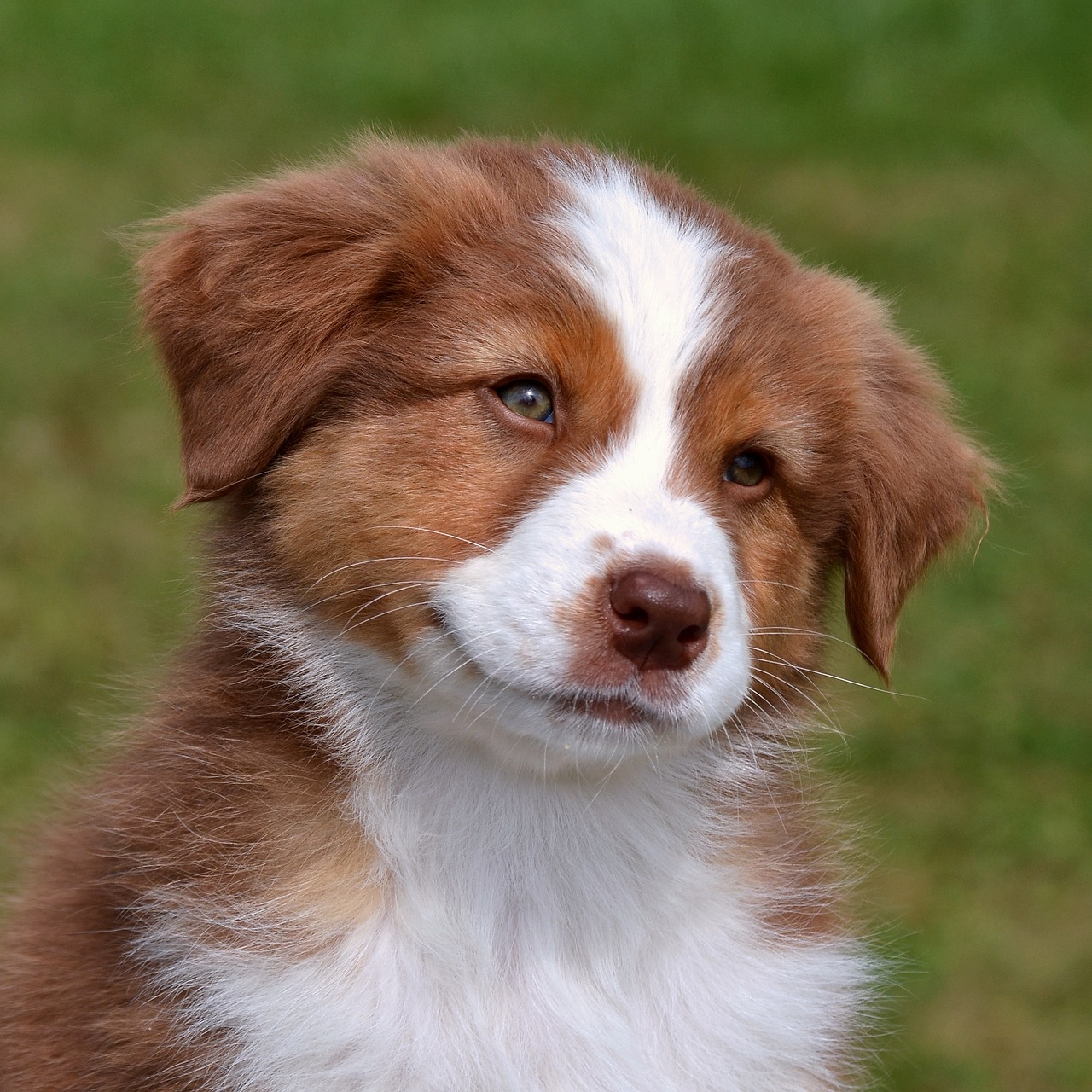
Playfulness and Engagement
The Australian Cattle Dog is not just a working breed; they are also playful companions that thrive on engagement and interaction. Their playful nature is one of the many reasons they are adored by families and individuals alike. Imagine a bundle of energy, always ready to leap into action, whether it's chasing a ball, herding imaginary sheep, or simply engaging in a game of tug-of-war. This high level of playfulness is essential for their overall well-being.
To keep an Australian Cattle Dog happy and mentally stimulated, it's crucial to incorporate playtime into their daily routine. These dogs are not content with just a quick romp in the yard; they require structured play that challenges their minds and bodies. Engaging them in activities such as agility training, fetch, or even puzzle toys can provide the necessary stimulation they crave. This not only helps in burning off their abundant energy but also strengthens the bond between the dog and its owner.
Moreover, playtime serves as an excellent opportunity for training. You can teach your Cattle Dog commands and tricks while keeping the atmosphere fun and light-hearted. For example, you might start with basic commands like "sit" or "stay," and then gradually introduce more complex tasks. The key here is to keep the sessions short and engaging, as these dogs can quickly lose interest if the activity becomes monotonous. Remember, a tired dog is a happy dog, and incorporating play into their training can prevent behavioral issues that arise from boredom.
It's also important to recognize that Australian Cattle Dogs have a strong herding instinct. This means they might try to herd children, pets, or even adults during play. While this can be entertaining, it’s crucial to redirect this behavior appropriately. Providing them with toys that mimic herding activities, like balls that bounce unpredictably or frisbees that soar high, can satisfy their instincts while keeping the play safe and enjoyable.
In summary, playfulness is a vital aspect of the Australian Cattle Dog's personality. By engaging them in various activities, you not only provide them with the exercise they need but also foster a deeper connection with your furry friend. So, whether you're throwing a ball in the park or setting up an obstacle course in your backyard, remember that play is not just fun—it's a necessity for these intelligent and energetic dogs.
- How much exercise does an Australian Cattle Dog need? These dogs require at least 1-2 hours of exercise daily to keep them physically and mentally stimulated.
- Can Australian Cattle Dogs play with children? Yes, they can be great companions for children, but supervision is essential to ensure safe interactions.
- What types of toys are best for Australian Cattle Dogs? Toys that challenge their intelligence, such as puzzle toys, balls, and frisbees, are ideal.
- How can I keep my Australian Cattle Dog engaged? Incorporate a variety of activities, including obedience training, agility courses, and interactive games.
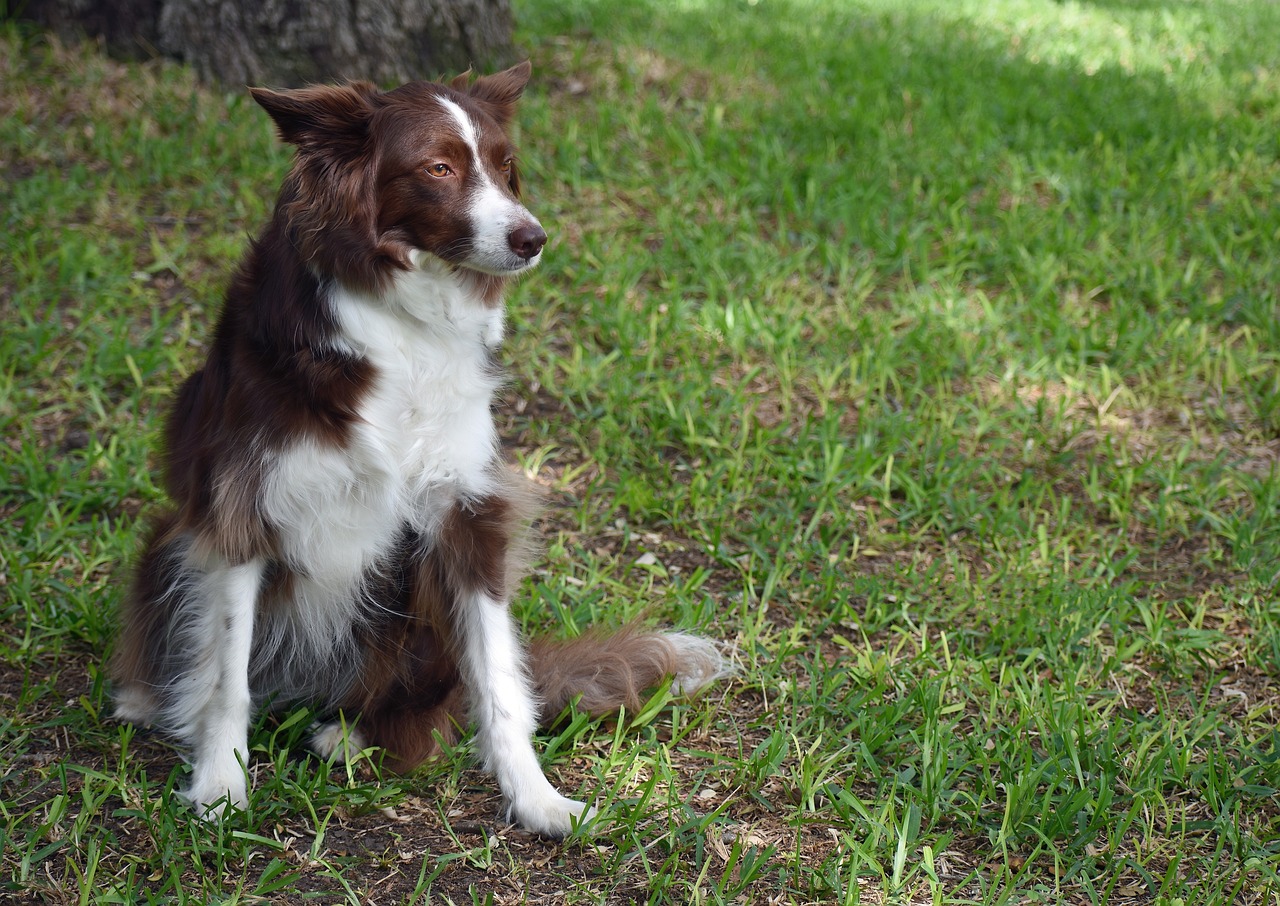
Interaction with Children
When it comes to Australian Cattle Dogs and their interactions with children, the results can be both delightful and rewarding. These dogs are known for their playful and energetic nature, which can make them wonderful companions for kids. However, it's crucial to understand their temperament and social needs to ensure safe and positive interactions. Think of the Australian Cattle Dog as a spirited dance partner; they thrive on engagement, but they also need guidance to keep the rhythm just right.
One of the most striking traits of the Australian Cattle Dog is their instinctual desire to be part of the family unit. They are not just pets; they see themselves as integral members of the household. This strong sense of belonging can lead to a beautiful bond with children. However, this loyalty comes with a caveat. Cattle Dogs can be quite protective, and they may exhibit herding behaviors, which can sometimes be overwhelming for younger kids. It's essential to supervise interactions, particularly with toddlers, to ensure that both the dog and the child are comfortable.
To foster a positive relationship between your Australian Cattle Dog and your children, consider the following tips:
- Early Socialization: Expose your dog to children of various ages from a young age. This helps them understand how to interact appropriately.
- Teach Boundaries: Make sure your children know how to approach and interact with the dog. Teaching them to respect the dog's space can prevent misunderstandings.
- Engage in Play: Cattle Dogs love to play! Activities like fetch or tug-of-war can be great fun for both the dog and the kids.
Additionally, it's important to recognize the dog’s need for mental and physical stimulation. A bored Australian Cattle Dog may become restless and could inadvertently play too rough with children. Incorporating structured playtime can help channel their energy positively. Think of it as a team sport; when everyone participates, the game is more enjoyable and safe!
Moreover, teaching children how to read dog body language is vital. This skill can help them understand when the dog is feeling playful or when it needs a break. Signs like wagging tails and playful barks indicate a happy dog, while growling or stiff body posture can signal discomfort. By fostering this understanding, children can learn to be respectful and empathetic towards their furry friends.
In conclusion, the interaction between Australian Cattle Dogs and children can be a beautiful partnership filled with joy and laughter. With proper guidance, supervision, and training, these dogs can become not just pets, but loyal companions and protectors for your little ones. Just remember, a little effort in nurturing this relationship can go a long way in creating a harmonious household.
- Are Australian Cattle Dogs good with young children? Yes, they can be great with children, especially if they are socialized from a young age.
- How should I introduce my Australian Cattle Dog to my children? Start with supervised introductions, allowing both the dog and the children to get comfortable with each other.
- Can Australian Cattle Dogs be too protective of children? They can be protective, so it’s important to teach them boundaries and ensure they feel secure in their environment.
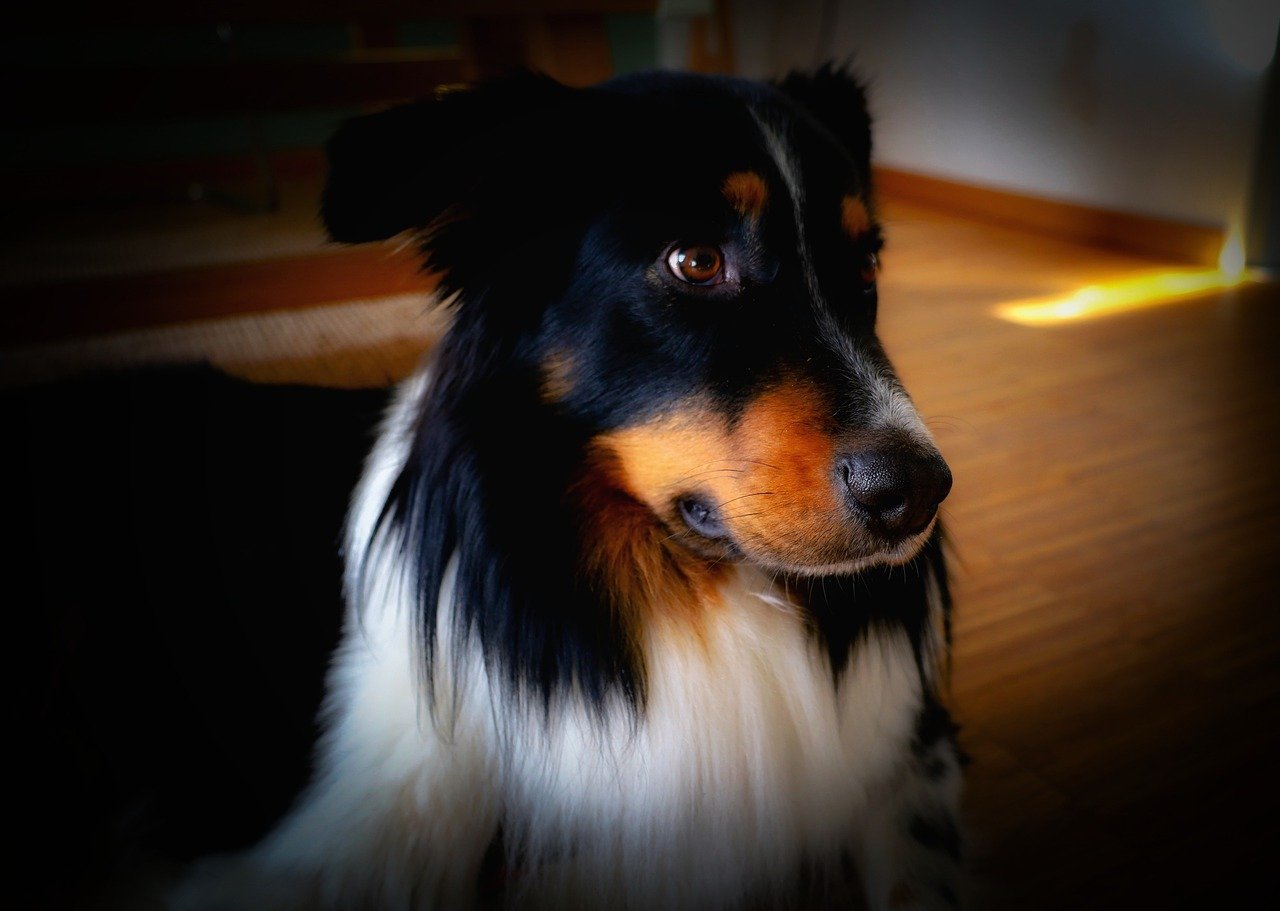
Common Behavioral Issues
Despite their many positive traits, Australian Cattle Dogs can sometimes exhibit behavioral issues that may surprise even the most experienced dog owners. Understanding these potential problems is crucial for fostering a harmonious relationship between you and your furry friend. One common issue is excessive barking. This breed is known for its vocal nature, and while barking can be a normal form of communication, it can become problematic if it escalates into incessant yapping. This behavior often stems from boredom, anxiety, or a lack of proper training.
Another issue that may arise is destructive behavior. Due to their high intelligence and energy levels, Australian Cattle Dogs require ample mental and physical stimulation. If they don’t receive enough exercise or engagement, they might resort to chewing furniture, digging in the yard, or other forms of destruction. It’s essential to provide them with appropriate outlets for their energy, such as interactive toys or regular play sessions.
Additionally, some Australian Cattle Dogs may exhibit herding behavior that can become problematic. This instinctive drive to herd can lead to chasing after children, other pets, or even cars. While this behavior is natural for them, it can create safety issues. Training and socialization from a young age can help mitigate these tendencies and teach them appropriate behaviors.
Another behavioral challenge is separation anxiety. Because Australian Cattle Dogs are incredibly loyal and form strong bonds with their families, they can become distressed when left alone for extended periods. This anxiety can manifest in various ways, including barking, whining, or even destructive behavior. Gradual desensitization to being alone, along with providing engaging toys, can help alleviate this concern.
In summary, while Australian Cattle Dogs are known for their intelligence and loyalty, they can also face behavioral challenges that require attention and training. Here’s a quick overview of the common issues:
| Behavioral Issue | Possible Causes | Solutions |
|---|---|---|
| Excessive Barking | Boredom, Anxiety, Lack of Training | Provide mental stimulation and training |
| Destructive Behavior | Lack of Exercise, Boredom | Increase physical activity and provide toys |
| Herding Instincts | Natural Behavior | Training and Socialization |
| Separation Anxiety | Strong Bond with Owners | Gradual Desensitization and Engaging Toys |
By understanding these common behavioral issues, you can take proactive steps to address them. Remember, consistency and positive reinforcement are key when training your Australian Cattle Dog. With the right approach, you can help your dog thrive and prevent these issues from becoming problematic.
Q: Are Australian Cattle Dogs good with children?
A: Yes, they can be great companions for children, but supervision is essential to ensure safe interactions.
Q: How much exercise do Australian Cattle Dogs need?
A: They require at least 1-2 hours of exercise daily to keep them healthy and happy.
Q: Can Australian Cattle Dogs live in apartments?
A: Yes, but they need plenty of exercise and mental stimulation to thrive in an apartment setting.
Q: How can I reduce my Australian Cattle Dog's barking?
A: Providing adequate exercise, mental stimulation, and proper training can help reduce excessive barking.
Frequently Asked Questions
- What makes Australian Cattle Dogs so intelligent?
Australian Cattle Dogs are bred for herding, which requires a high level of intelligence and problem-solving skills. Their ability to learn quickly and understand commands makes them stand out among other breeds. This intelligence means they thrive on mental challenges and require consistent training to keep their minds engaged.
- How much exercise do Australian Cattle Dogs need?
These energetic dogs need a significant amount of exercise—at least 1-2 hours daily. Activities like running, agility training, and playing fetch are ideal. Without enough physical activity, they can become bored and develop behavioral issues, so it's essential to keep them active and stimulated.
- Are Australian Cattle Dogs good with children?
Yes, Australian Cattle Dogs can be fantastic companions for children! They are playful and protective, but it's important to supervise interactions. Teaching children how to interact respectfully with dogs will ensure a positive experience for both parties.
- What should I know about their protective instincts?
Australian Cattle Dogs are naturally protective of their families. They may be wary of strangers, which can manifest as barking or guarding behaviors. Early socialization is key to helping them distinguish between friend and foe, ensuring they are well-behaved in various situations.
- How can I help my Australian Cattle Dog with socialization?
Socialization is crucial for Australian Cattle Dogs. Expose them to different environments, people, and animals from a young age. Positive experiences will help them become well-rounded adults. Consider puppy classes, dog parks, and playdates to enhance their social skills.
- Can Australian Cattle Dogs adapt to apartment living?
Yes, Australian Cattle Dogs can adapt to apartment living, but it requires commitment. They need regular exercise and mental stimulation, so daily walks and playtime are essential. Providing them with enough outlets for their energy will help them thrive in smaller spaces.
- What are some common behavioral issues in Australian Cattle Dogs?
Common behavioral issues include excessive barking, digging, and herding behaviors. These can stem from boredom or lack of exercise. Addressing these issues early with proper training and engagement can help prevent them from becoming problematic.
- How can I keep my Australian Cattle Dog mentally stimulated?
To keep your Australian Cattle Dog mentally stimulated, incorporate puzzle toys, obedience training, and interactive games into their routine. Activities that challenge their minds, such as scent work or agility courses, can also provide great mental workouts.



